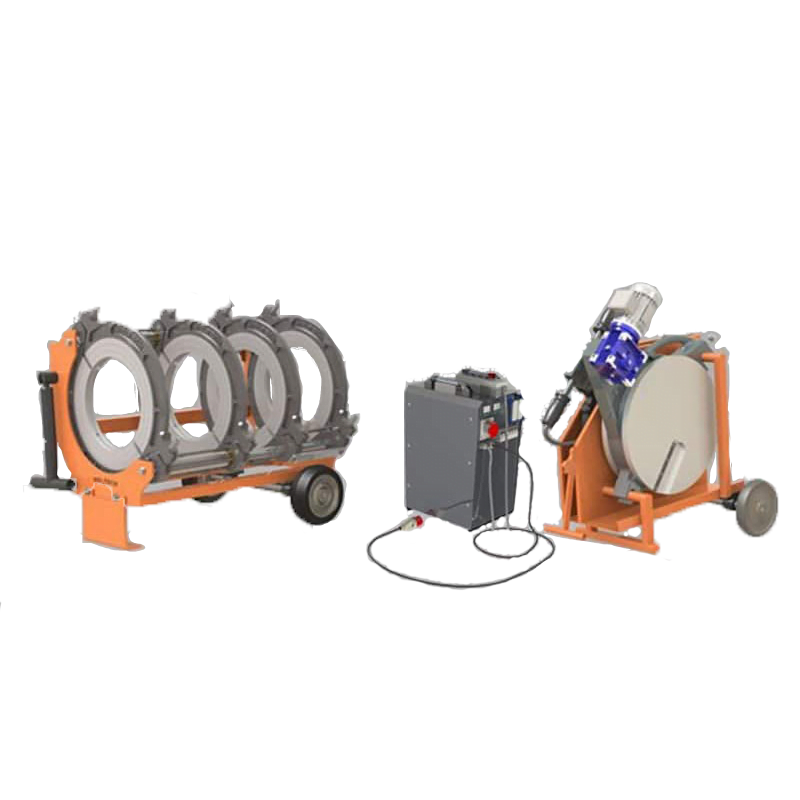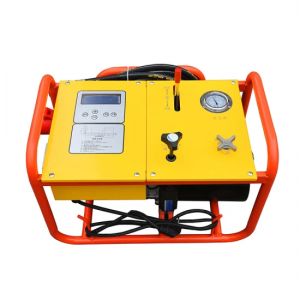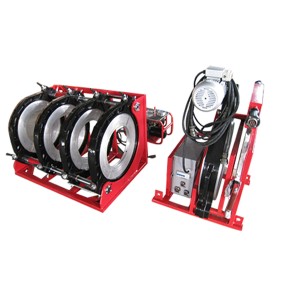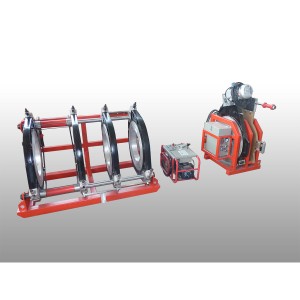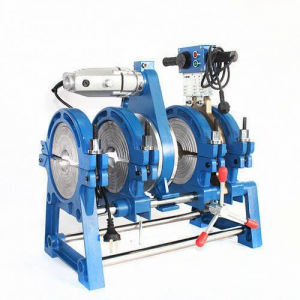Navigating the World of Plastic Pipe Welding Equipment: A Comprehensive Guide
Understanding Plastic Pipe Welding Equipment
Plastic pipe welding equipment is designed to join thermoplastic pipes and fittings, creating a bond that is as strong as the material itself. This equipment varies in complexity and functionality, catering to different welding methods such as butt fusion, socket fusion, electrofusion, and extrusion welding. Each method and machine type is suited to specific applications, depending on the project requirements and pipe specifications.
Types of Plastic Pipe Welding Equipment
● Butt Fusion Welding Machines: Ideal for welding pipes end-to-end, used extensively in infrastructure projects for water and gas distribution.
● Socket Fusion Welding Tools: Best for smaller diameter pipes, offering precision in confined spaces.
● Electrofusion Welding Units: These machines use electric currents to heat the pipe and fitting interfaces, suitable for repairs and installations where space is limited.
● Extrusion Welders: Utilized for fabricating fittings and repairing larger pipes, extrusion welders apply a layer of molten plastic to join pieces.
Selecting the Right Equipment
The selection of the right plastic pipe welding equipment hinges on several critical factors:
● Pipe Material and Size: Different materials (e.g., HDPE, PVC, PP) and sizes require specific welding techniques and equipment.
● Project Scope: The scale and frequency of your projects should guide whether you invest in more robust and automated machinery or manual tools.
● Operator Skill Level: Advanced machines may offer better consistency and efficiency but require trained operators to manage their sophisticated functions.
● Budget Considerations: While high-quality equipment represents a significant investment, it can offer long-term savings in efficiency and reliability.
Operating Tips for Optimal Welding
● Proper Preparation: Clean and square the pipe ends before welding to ensure a high-quality joint.
● Temperature and Pressure: Follow the manufacturer’s recommendations for temperature settings and pressure application to avoid weak welds or pipe damage.
● Cooling Period: Allow the welded joint to cool under pressure according to the specified time to ensure the integrity of the bond.
● Safety Measures: Always adhere to safety protocols to protect operators from heat and fumes.
Advancements and Trends
The industry continues to evolve with technological advancements improving the precision, automation, and monitoring capabilities of welding equipment. Features like data logging and cloud connectivity are becoming standard, offering better traceability and quality assurance for welding projects.
Conclusion
As the demand for efficient and reliable plastic piping systems grows, so does the importance of selecting and operating the right welding equipment. By understanding the various types of equipment and their applications, professionals can ensure the longevity and reliability of their installations. Keeping abreast of the latest technological advancements will also enable users to enhance their operational efficiency and project outcomes.

